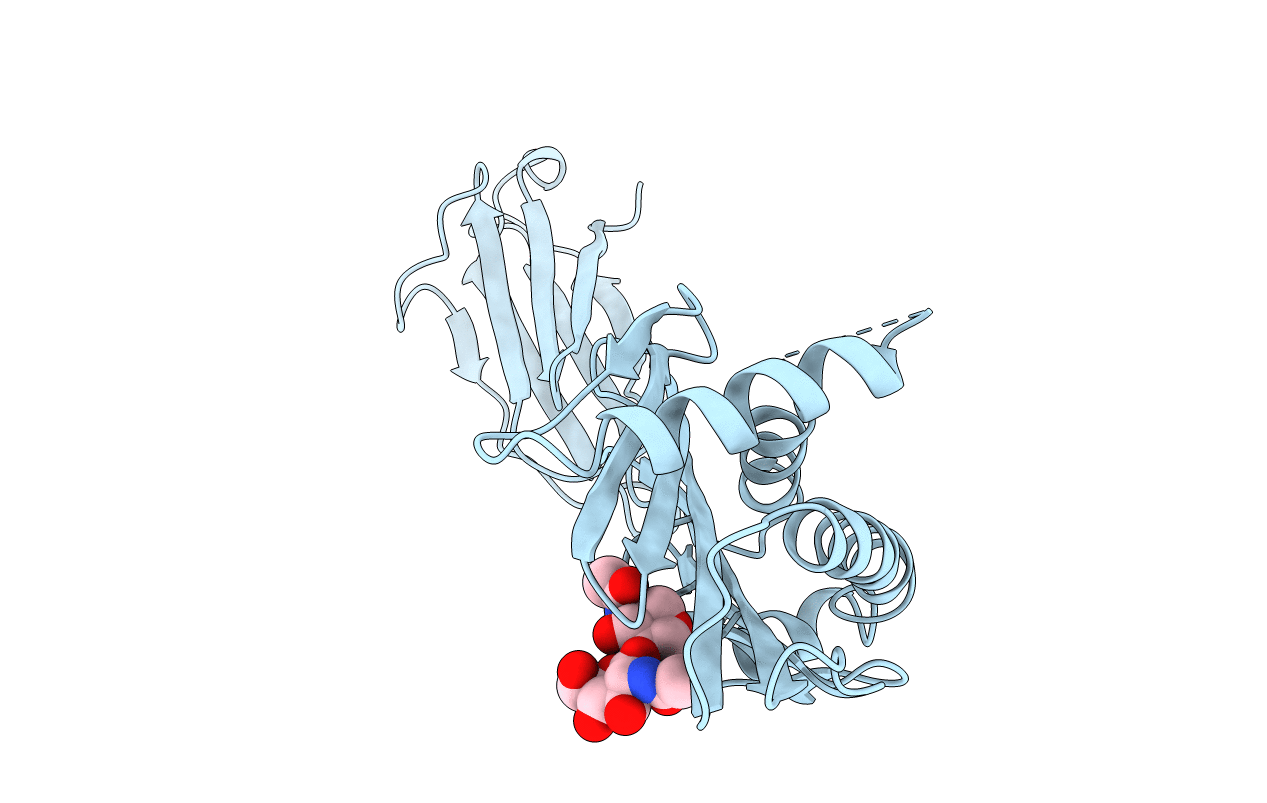
Deposition Date
1998-12-11
Release Date
1999-07-09
Last Version Date
2024-10-09
Entry Detail
PDB ID:
1B3J
Keywords:
Title:
STRUCTURE OF THE MHC CLASS I HOMOLOG MIC-A, A GAMMADELTA T CELL LIGAND
Biological Source:
Source Organism:
Homo sapiens (Taxon ID: 9606)
Host Organism:
Method Details:
Experimental Method:
Resolution:
3.00 Å
R-Value Free:
0.28
R-Value Work:
0.24
R-Value Observed:
0.24
Space Group:
F 41 3 2


